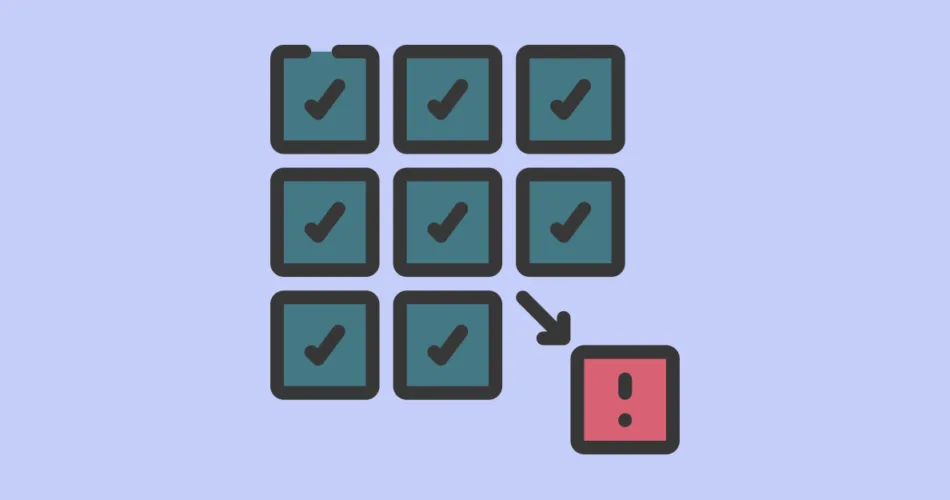In the intricate world of microservices architecture, fault tolerance and resilience stand as guardians, ensuring that applications remain stable and responsive even in the face of failures. This blog post uncovers the strategies and patterns that empower microservices to endure challenges and emerge stronger, delivering a seamless user experience.
1. Circuit Breaker Pattern
The Circuit Breaker pattern acts as a safety net, preventing cascading failures and conserving system resources. This pattern involves monitoring the health of a service. If the service experiences repeated failures or slowdowns, the circuit breaker “trips,” temporarily preventing further requests. This allows the system to gracefully degrade and recover.
For example, consider a payment gateway microservice. If it encounters consistent timeouts or errors, the circuit breaker can be activated, redirecting requests to an alternative payment service until the original service stabilizes.
2. Retry and Timeout Strategies
Retry and timeout strategies enhance resilience by intelligently handling temporary failures. When a request fails, retries with exponential backoff can be attempted. This gives the service a chance to recover from transient issues.
Timeouts ensure that a service doesn’t wait indefinitely for a response. If a service is unresponsive beyond a certain time frame, a timeout mechanism aborts the request, preventing bottlenecks.
3. Bulkheads and Isolation
In microservices, bulkheads and isolation prevent failures in one component from affecting others. The bulkhead pattern involves partitioning services into separate pools or groups, ensuring that issues in one pool don’t impact others.
Isolation techniques enforce boundaries between components. For instance, using separate databases for different services prevents database-related failures in one service from affecting others.
4. Graceful Degradation
Graceful degradation is another essential aspect of resilience. It involves prioritizing critical functionalities to ensure that an application can continue functioning even when non-essential services are compromised.
For instance, consider a messaging application. If the image-sharing service experiences issues, the core messaging functionality should remain intact, allowing users to continue sending text messages.
In conclusion, fault tolerance and resilience form the bedrock of microservices architecture. By embracing strategies like the Circuit Breaker pattern, retry mechanisms, bulkheads, and isolation, applications can withstand failures and continue delivering optimal performance. These patterns ensure that microservices not only survive adversity but also thrive, providing a reliable and responsive user experience.
Elevate your microservices architecture by weaving fault tolerance and resilience into its fabric, creating applications that stand strong even in the face of challenges.
Subscribe to our email newsletter to get the latest posts delivered right to your email.


Comments